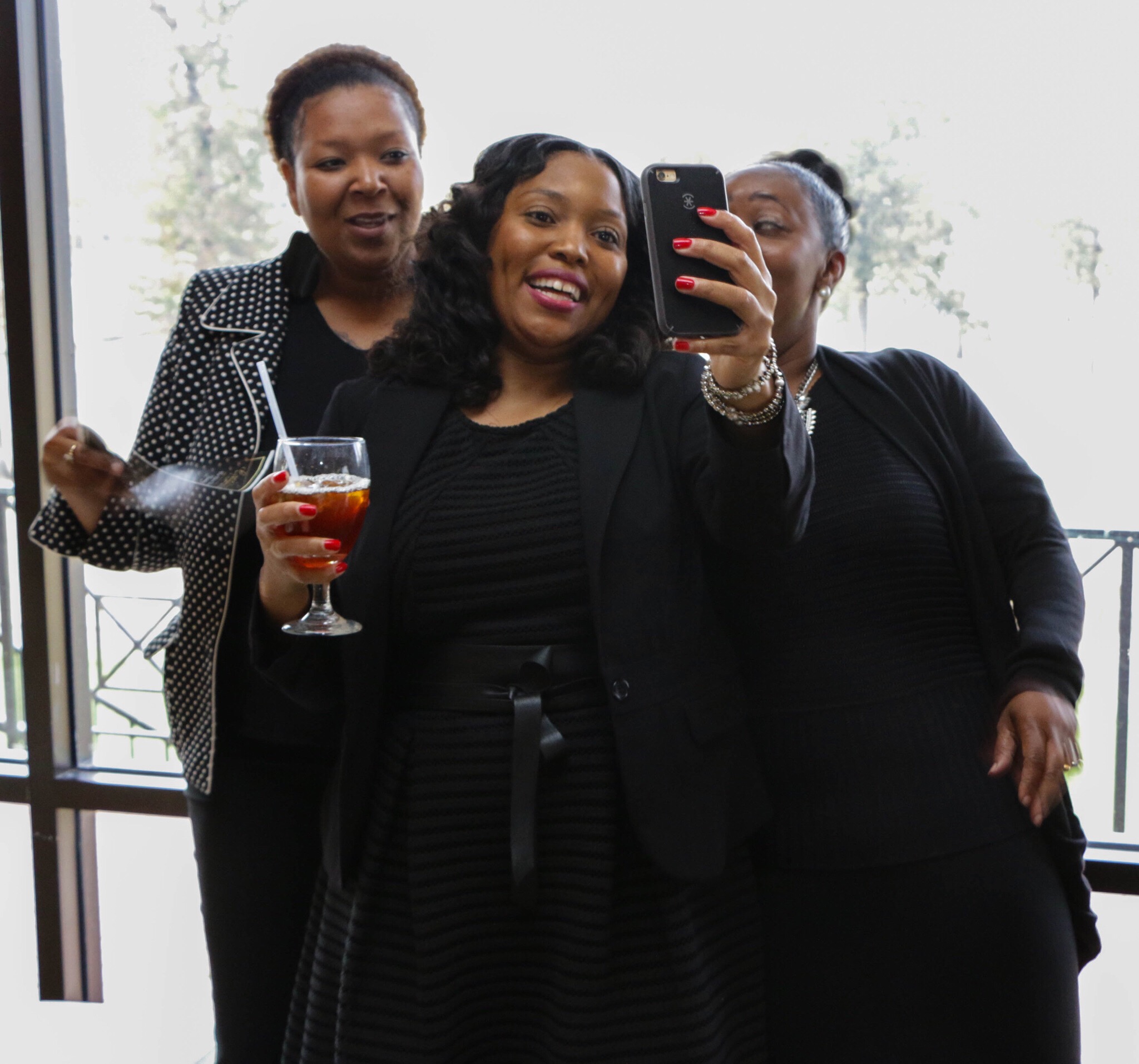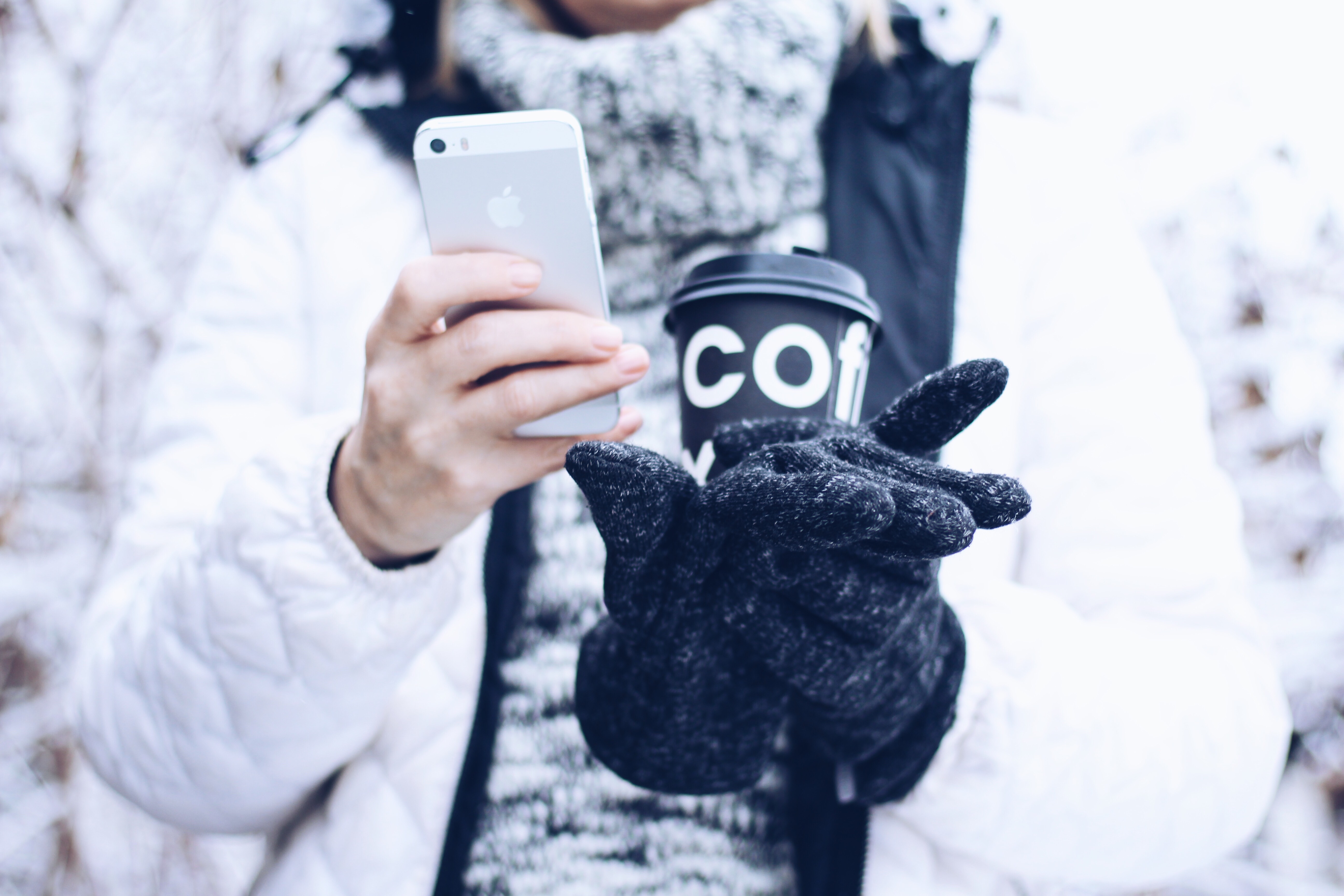Evaluating Referral Programs to Maximize CLV for Restaurants
4 Min Read By Shyam Rao
Referrals are one of the most reliable and trusted factors in customer acquisition resulting in remarkably high profits. It is an effective way to acquire anonymous customers by the existing ones. When establishing a referral program, many questions arise for businesses like:
- Are they are using the right type of referral program
- Do referral programs drive sign-ups?
- And, most importantly–referrals have an impact on customer lifetime value (CLV) and is the impact statistically meaningful?
Does referral have an impact on customer lifetime value (CLV) and is the impact statistically meaningful?
Historically, restaurants, and chain owners, in particular, experience significant struggles with these questions due to limited knowledge of their customers.
In order to overcome these challenges, many restaurants look to cloud marketing and customer data platform solutions to effectively target different customer segments with offers, gaming, online ordering, gift cards, referrals, social media, surveys, feedback, reviews, and ratings.
Zeroing in on Referrals
According to Nielsen[1] and Referral SaaSquatch[2], referral plays a significant role in the guest acquisition and says that every referring customer make an average of 2.68 invites. The studies show that referral programs have significant value, but businesses are still facing issues in defining an appropriate referral program.

To understand what referral program would suit your business, you should know your priorities clearly, as there are different kinds of programs used in the industry such as:
- Direct – an existing customer refers an anonymous customer and both get rewards.
- Tangible – where you offer a tangible incentive to your customer.
- Dual-sided – where the business ensures both parties (the referrer and the referee) get benefits for the referral action performed.
The dual-sided reward is a mostly industry-wide adopted program based on their situation and intentions. Dual-sided is further categorized based on a business' goal as Type A and Type B:
- Type A (Uber) – a guest signs up using an invite code, and irrespective of his contribution to the business, both the referral and the referee gets the benefit. For example, Uber offers both the referrer and referee $25 at signup.
- Type B (Amazon Prime / PayPal) – a referral gets the benefit only when the referee adds value to the business. Amazon Prime and PayPal both follow this model.

In our own research, we focused primarily on Type B, which is used most frequently by restaurants, and analyzed 80+ businesses and 30M+ users to evaluate the benefits of Type B referral programs within six months.
Sign-ups
Based on our study, we found the total signups using invite code accounts for nine percent of the overall sign-ups.
This percentage of sign-ups varied from three percent to 55 percent based on offers gifted to the guest where the highest was for an American casual dining restaurant chain.
A further drill-down analysis was conducted to check on various restaurant types, inferring that the average referred sign-ups account for nine percent, 12 percent and nine percent for fast casual, casual dining and quick serve, respectively.
Referral Impact on Loyalty
The natural follow-up question is: do referrals have any impact on loyalty? There may be guests who visit the store because of referral benefits however don't stay associated with the business for a longer duration. How can businesses measure the loyalty of referred guests? To assess, we conducted a comparison of guests who signed using an invite code called “referred” versus other guests termed as “organic."
First, we conducted a proportional test to help validate the statistical significance between two numbers or percentage. We used this test to check the significance of referrals while converting an anonymous guest to a loyalty guest.
- Below is the sample data set for anonymous business B:
- Sign-up is the number of guests who did sign-ups in the specific duration
- Loyalty is the number of guests who made a visit after sign-up
- Conversion is the percentage of guests who converted to loyalty (Loyalty/Sign-up)
|
Organic |
Referred |
|||||
|
Business |
Signup |
Loyalty |
Conversion |
Signup |
Loyalty |
Conversion |
|
A |
6198 |
2861 |
46% |
224 |
109 |
49% |
|
B |
70262 |
51835 |
74% |
3580 |
2716 |
76% |
There are 2.7K loyalty guests coming out of 3.5K sign-ups for referrals and 51K out of 70K signups for organic. This implies that conversion to loyalty guest from sign-ups is 76 percent for referred and 74 percent for organic. Now, both referred and organic guests are two different groups with different sample sizes. How can one say that 76 percent and 74 percent conversion is significant? For this, we used a proportional test.
Using the proportional test on all businesses combined, we determined, with a five-percent level of significance:
Referred guests are 18 percent more likely to convert to loyalty than organic – a big win for Restaurant B’s referral sign-up program.
CLV of referred versus organic guest:
Given the finding that referred guests are 18 percent more likely to convert into loyal customers, the next big question is “Who are or will be your most valuable customers?” – otherwise known as “Customer Lifetime Value” (CLV). CLV is a forward-looking metric that estimates how much a customer is worth over the entire time.
One-year forward-looking horizon is normally considered as an industrial convention. With an accurate CLV prediction, the business can carry out many marketing operations. This is not an easy task, but we built sophisticated machine learning models that predict, with high confidence, what the CLV for any given customer will be over the course of a year.
To check the impact of referrals, we performed the analysis for businesses with different restaurant types and found the average CLV of a referred guest in casual dining is $9 higher than that of an organic sign-up.
To recap, based on our analysis, we found:
Type B referral programs, like those used by Amazon Prime and many of Punchh’s restaurant customers, are significant drivers of referral customers converting into brand loyalists.
Referred guest are 18 percent more likely to convert to loyalists than organic guests
The average CLV of a referred guest in casual dining is $9 higher than that of an organic sign-up.
All of this gives us strong evidence that intelligent execution of referral programs, particularly those in which the referee only benefits when their referral becomes a paying customer, drives strong conversion to new loyal customers.
References:
[1] The Nielsen Company: Personal recommendations and consumer opinions posted online are the most trusted forms of advertising globally: https://www.nielsen.com/content/dam/corporate/us/en/newswire/uploads/2009/07/pr_global-study_07709.pdf
[2] Referral Squatch: Referral marketing statistics 2017: https://www.referralsaasquatch.com/infographic-state-of-referral-marketing-statistics/
[3] Wikipedia on survival analysis: https://en.wikipedia.org/wiki/Survival_analysis
[4] Wikipedia on censoring in statistics: https://en.wikipedia.org/wiki/Censoring_(statistics)
[5] British Journal of Cancer(2003) MJ Bradburn, TG Clark, SB Love, and DG Altman: Survival analysis Introduction to concepts and methods: https://www.nki.nl/media/837544/bradburn2003a.pdf


